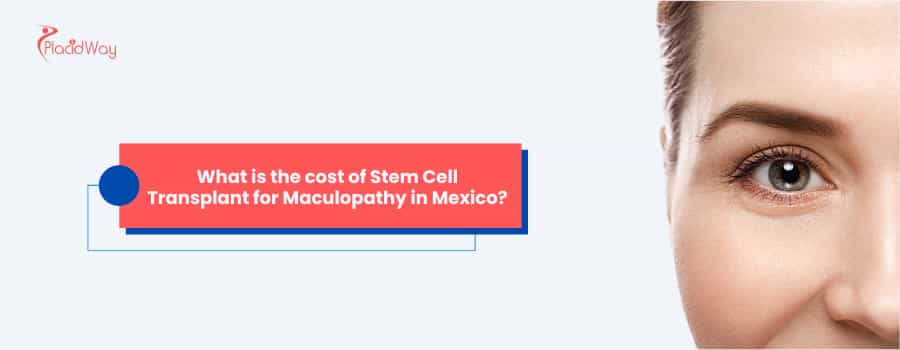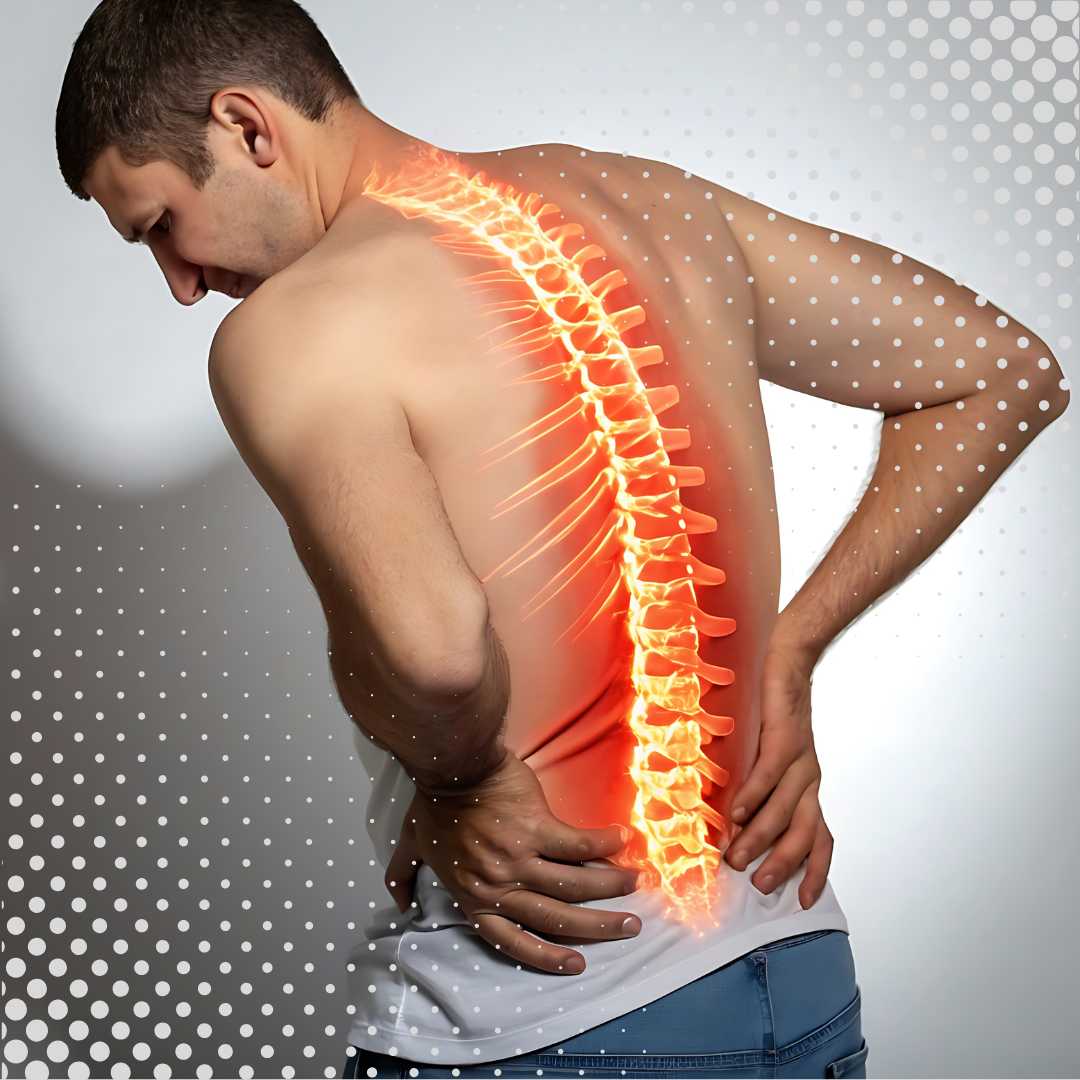A Guide to Stem Cell Transplant for Maculopathy in Mexico

The cost of a stem cell transplant for maculopathy in Mexico can be a deciding factor for many seeking this innovative treatment. As a regenerative therapy, stem cell treatment for eye conditions like macular degeneration is gaining attention for its potential to repair damaged retinal cells and improve vision. This guide provides a thorough overview of what you can expect in terms of cost, safety, and the overall treatment process in Mexico, a popular destination for medical tourism. We will delve into the specifics, answering the most pressing questions people have about this cutting-edge procedure.
What is the estimated cost of a stem cell transplant for maculopathy in Mexico?
"The cost of a stem cell transplant for maculopathy in Mexico typically ranges from $5,000 to $15,000 USD. This price can vary depending on the clinic, the number of cells used, and the specifics of the treatment protocol."
The significant price difference compared to countries like the United States is a primary driver for patients choosing Mexico for this procedure. The final cost will be determined by a comprehensive evaluation of your specific condition. Factors that influence the price include the type and source of the stem cells, the number of injections required, and whether the treatment is part of an all-inclusive package that covers accommodation, local transportation, and other services. It's crucial to get a detailed quote from your chosen clinic after they have reviewed your medical records.
For example, a basic treatment protocol might be on the lower end of the price range, while a more intensive therapy involving a higher number of stem cells and multiple applications will be at the higher end. Always ensure the quoted price is transparent, with a clear breakdown of all included services to avoid any hidden costs.
How does the cost in Mexico compare to the United States?
"The cost of stem cell therapy for maculopathy in Mexico is substantially lower, often by 50-70%, than in the United States. In the U.S., similar treatments can range from $25,000 to $50,000 or more."
This stark price difference is a major reason why many Americans travel to Mexico for regenerative medicine. The lower operational and labor costs in Mexico, without compromising the quality of care in reputable clinics, make it an attractive option. The regulatory environment in Mexico also allows for certain stem cell applications that may still be in clinical trial phases in the U.S., contributing to the availability and affordability of these treatments.
It's important to note that while the cost is lower, the quality of care at top Mexican clinics is often comparable to that in the U.S. Many clinics are equipped with state-of-the-art technology and are staffed by highly trained medical professionals with extensive experience in regenerative medicine.
What is typically included in the treatment package?
"Most stem cell therapy packages in Mexico for maculopathy include the initial consultation, the stem cell procedure itself, and follow-up appointments. Many clinics also offer all-inclusive packages that cover accommodation, airport transfers, and sometimes even a personal case manager."
When considering a clinic, it's essential to understand what is covered in their treatment package. A comprehensive package often includes:
- Medical Consultation: An initial evaluation with the specialist to discuss your condition and treatment plan.
- Stem Cell Procedure: The harvesting (if autologous), processing, and administration of the stem cells.
- Medical Fees: All costs related to the medical team and facility use.
- Follow-up Care: Post-procedure check-ups to monitor your progress.
- Accommodation: Stays in a nearby hotel for a specified number of nights.
- Transportation: Airport pickup and drop-off, as well as transport to and from the clinic for appointments.
Always clarify these details with the clinic beforehand to ensure a smooth and stress-free experience.
Is stem cell therapy for maculopathy safe in Mexico?
"Yes, stem cell therapy for maculopathy in Mexico is considered safe when performed at a reputable and licensed clinic that adheres to strict safety protocols and international standards."
Safety is a paramount concern for any medical procedure. In Mexico, the Federal Commission for the Protection against Sanitary Risks (COFEPRIS) is the regulatory body equivalent to the FDA in the United States. Reputable clinics will have the necessary COFEPRIS licenses and will be transparent about their safety standards.
To ensure your safety, look for clinics that:
- Are licensed and regulated by COFEPRIS.
- Have experienced and qualified medical staff.
- Use high-quality, viable stem cells from a certified source.
- Follow sterile procedures for all injections and treatments.
- Have positive patient testimonials and reviews.
What is the success rate of stem cell therapy for maculopathy in Mexico?
"The success rate of stem cell therapy for maculopathy in Mexico can vary from patient to patient, but many individuals report a significant improvement in their vision and a slowing of the disease's progression. Success is often defined by an enhanced quality of life and visual function."
It's important to have realistic expectations. While some patients experience dramatic improvements, others may see more modest gains. The success of the treatment depends on several factors, including the severity of the maculopathy, the patient's overall health, and the type of stem cells used.
Clinics in Mexico often report high patient satisfaction, with many individuals experiencing:
- Improved visual acuity.
- Enhanced color perception.
- A reduction in blind spots.
- The ability to read and perform daily tasks more easily.
What types of stem cells are used for maculopathy treatment in Mexico?
"The most common types of stem cells used for maculopathy treatment in Mexico are mesenchymal stem cells (MSCs) derived from umbilical cord tissue, adipose (fat) tissue, or bone marrow."
Mesenchymal stem cells are multipotent, meaning they can differentiate into various cell types, including the retinal cells damaged in maculopathy. They are also known for their anti-inflammatory and regenerative properties.
- Umbilical Cord-Derived MSCs: These are considered a rich and potent source of stem cells and are often preferred for their robust regenerative capabilities.
- Adipose-Derived MSCs: These are harvested from the patient's own fat tissue, making them an autologous source, which eliminates the risk of rejection.
- Bone Marrow-Derived MSCs: Also an autologous source, these stem cells are extracted from the patient's bone marrow.
The choice of stem cell type will depend on the clinic's protocol and the patient's specific condition.
What does the treatment process involve?
"The stem cell treatment process for maculopathy in Mexico typically involves an initial consultation, the administration of stem cells through intravitreal or retrobulbar injections, and a period of rest and follow-up."
The process generally follows these steps:
- Initial Evaluation: A thorough examination of your eyes and a review of your medical history.
- Stem Cell Administration: The stem cells are injected into the eye. This is a minimally invasive procedure performed under local anesthesia.
- Rest and Recovery: A short period of rest is recommended after the procedure.
- Follow-up: The clinic will schedule follow-up appointments to monitor your progress.
The entire process, from arrival to departure, usually takes about 5 to 7 days, though this can vary.
Are there any side effects or risks?
"The risks associated with stem cell therapy for maculopathy are generally low when performed by a qualified professional. Potential side effects are usually mild and temporary, such as eye discomfort, redness, or temporary blurred vision."
As with any medical procedure, there are potential risks, though serious complications are rare. These can include infection, inflammation, or an increase in intraocular pressure. Choosing a reputable clinic that follows strict sterile protocols significantly minimizes these risks. It's important to discuss all potential risks and side effects with your doctor before undergoing treatment.
How is the quality of care in Mexican clinics?
"The quality of care in top Mexican clinics specializing in stem cell therapy is often excellent and comparable to that in the United States. Many clinics are internationally accredited and staffed by bilingual medical professionals."
Mexico has a growing reputation as a hub for high-quality medical tourism. The best clinics invest in modern technology and adhere to international standards of care. Many doctors and surgeons in these facilities have received training in the U.S. or Europe and have extensive experience in their respective fields. Patient care is often personalized, with a focus on making the experience as comfortable and positive as possible.
What questions should I ask a clinic before booking treatment?
"Before booking your stem cell therapy for maculopathy in Mexico, you should ask about the clinic's licensing, the doctor's experience, the source and type of stem cells used, the full cost and what it includes, and their patient testimonials."
To ensure you are making an informed decision, here is a checklist of questions to ask:
- Is your clinic licensed by COFEPRIS?
- What are the qualifications and experience of the treating physician?
- What type of stem cells do you use, and where do they come from?
- Can you provide a detailed breakdown of the total cost?
- What is included in the treatment package?
- What is the full treatment protocol, from start to finish?
- Can you share any patient testimonials or before-and-after results?
- What kind of follow-up care do you provide?
Ready to explore your options for stem cell therapy? PlacidWay can connect you with leading healthcare providers in Mexico and around the world. Explore our network of trusted clinics and find a solution that fits your needs.


.png)





.jpg)
.png)







Share this listing